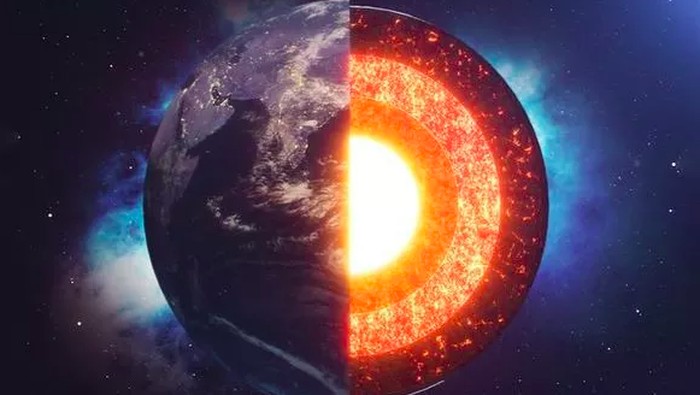Quoted from detikINET from Live Science, Monday (10/1/2022) these structures are known as ultralow-velocity zones (ULVZs). It is so called because the seismic waves generated by an earthquake will travel 50% slower through the structure than the surrounding mantle.
That means ULVZs are much denser than Earth"s mantle and may also be made of heavier elements.
It is difficult to know for sure this structure, because it is located almost 2,900 kilometers below Earth. One structure lies beneath Africa and the other in the Pacific ocean.
Now in recent research using computer modeling and seismic observations from deep within the Earth, scientists may solve the mystery. Published in the journal Nature Geoscience, it was concluded that the structure consists of several layers of different materials.
"The most surprising finding is that UVLZs are not homogeneous but contain strong compositional and structural variations," said study leader Surya Pachhai.
They also put forward the theory that it all started more than 4 billion years ago, when the Earth"s rocky crust first formed. Heavy elements such as iron enter the Earth"s core while light elements such as silicon reside in the mantle.
Things got disorganized again as a Mars-sized planet called Theia crashed into that early Earth, sending massive debris hurling into Earth"s orbit that may have helped the Moon form as well.
The Earth"s temperature soared and created a huge magma ocean. The various rocks, gases and crystals formed in the collision spread out in that magma sea.
Over billions of years later, heavier material entered the mantle, followed by lighter ones, eventually creating dense structures of iron and other elements. This layer is then separated into smaller pieces into what is known as ULVz in the Earth"s core
